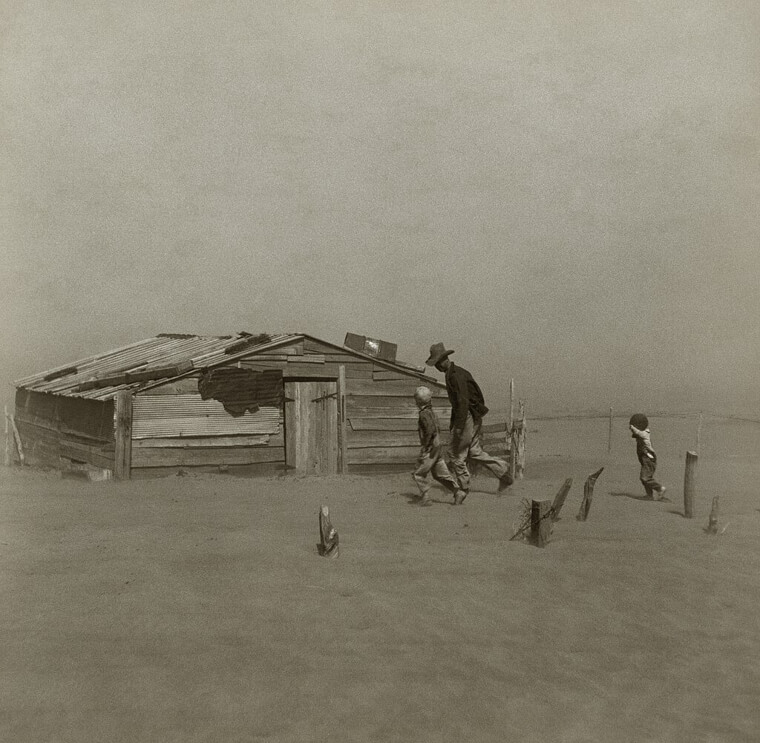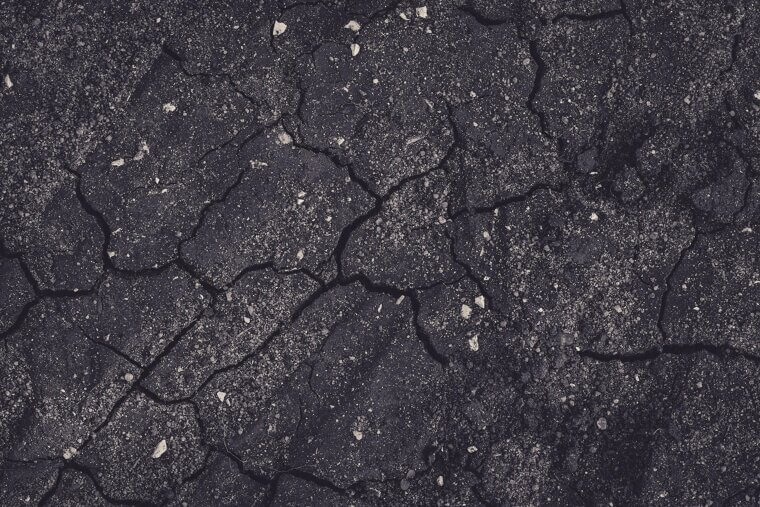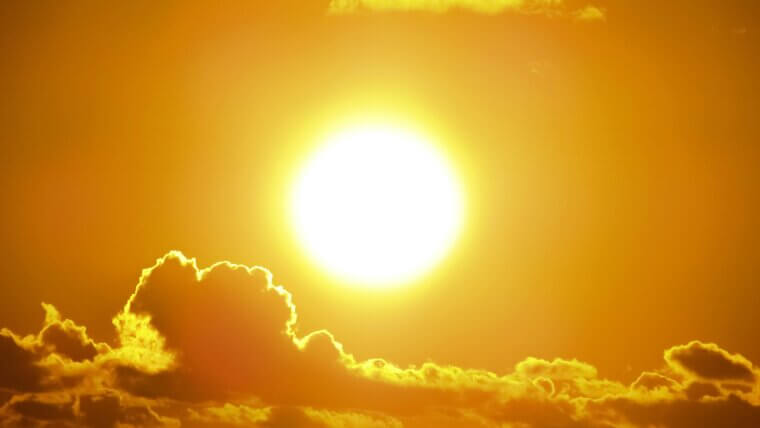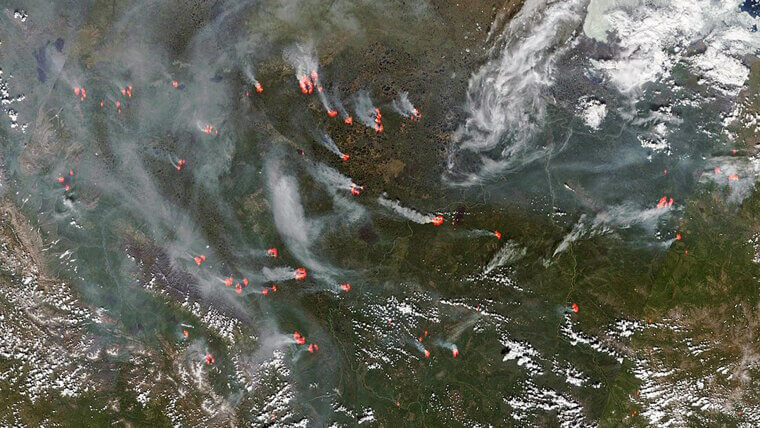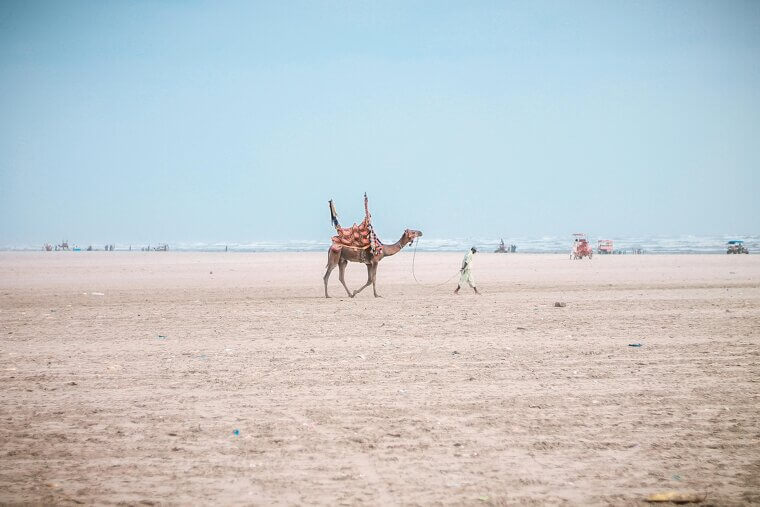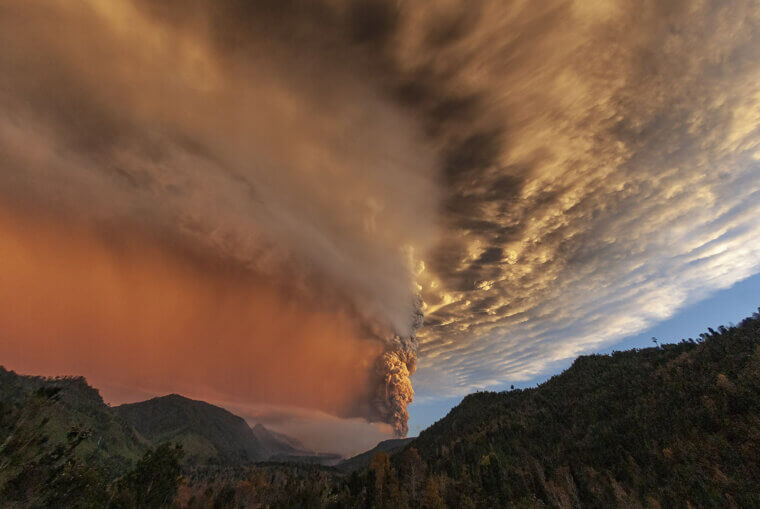North America’s Dust Bowl Heatwave (1936)
Summer 1936 baked the Plains, Midwest, and southern Canada under a stubborn high-pressure ridge sitting over bare, drought-stripped soils. With little moisture to evaporate, the land heated like a pan, pushing daytime records and stealing night relief. Crops failed, blackouts rolled, and rural families hurting from the Depression paid again. The episode tied poor land use to brutal heat in public memory. Shelterbelts, contour plowing, and early forecast upgrades followed. Scientists still cite land-atmosphere feedback from this era. Takeaway: Healthy soils, trees, and shade can cool regions.
United States Heatwave (1980)
Across the Southern Plains and into the Midwest, the summer of 1980 delivered weeks of triple-digit afternoons and stubbornly warm nights. Hospitals saw thousands of heat illnesses, while power grids strained under heavy air conditioning. The disaster reminded officials that heat can kill more quietly than storms. Agencies mainstreamed the Heat Index, issued clearer advisories, and opened cooling centers on schedule. Meteorologists highlighted persistent ridging and dry soils that magnify extremes. The lesson is practical: warn early, check neighbors, and make cool public spaces as easy as tap water.
Chicago Heatwave (1995)
In July 1995, Chicago endured heat and humidity that kept nights sultry and dangerous. Buildings trapped warmth, dew points blocked sweat, and bodies never reset, especially for elders living alone. The city counted a heartbreaking death toll, revealing that vulnerability is social as much as meteorological. Reforms followed: wellness checks, utility shutoff moratoria, and public transit to cooling centers. Researchers underscored the urban heat island and the power of hot nights. The lesson remains simple and human: maps need phone trees, neighbors, and door knocks when the thermometer refuses mercy.
European Heatwave (2003)
August 2003 shocked Western and central Europe with record highs that lingered during the traditional holiday season. Hospitals struggled, mortuaries overflowed, and tens of thousands of excess deaths forced a national reckoning, especially in France. Suddenly, heat moved to the top of the climate agenda. Governments built early warning systems, staffed August shifts, and launched nationwide alerts under plans like Plan Canicule. Scientists used attribution studies to show that a warming baseline raised the odds. The lesson endures: preparedness must cover holidays, schools, and elder care, not just weekday office hours.
Western Russia Heatwave and Wildfires (2010)
Summer 2010 brought a blocking high over western Russia, baking Moscow while peat and forest fires filled the air with smoke. Mortality rose, flights were diverted, and daily life slowed under hazardous air quality. The event reframed heat as a compound hazard where drought, fuel loads, and flames move together. Policy tightened around fire management, air quality alerts, and peatland oversight. Scientists studied circulation blocks that can freeze the weather in place for weeks. The lesson is clear: during heat spells, monitor fuels and smoke, not only thermometers and headlines and forecasts.
South Asia Heatwaves (2015)
Late spring 2015 brought fierce heat to India and Pakistan before monsoon clouds could rescue the nights. Outdoor laborers, street vendors, and grid operators carried the burden, while hospitals treated thousands of heat illnesses. The crisis prompted the scaling up of municipal Heat Action Plans, which pioneered early warnings, shaded water points, and work hour guidance. Scientists have noted that pre-monsoon timing and urban heat islands magnify the risk. The lasting lesson is humble and swift: neighborhood measures like umbrellas, hydration kiosks, and cool rooms can reduce mortality without waiting for large budgets or nurses.
Pacific Northwest Heat Dome (2021)
In late June 2021, a record-breaking heat dome descended upon Oregon, Washington, and British Columbia, regions typically characterized by gentle summers. All-time highs toppled, crops scorched, roads buckled, and salmon faced overheated rivers. Mortality was high, especially in homes without air conditioning. The shock proved temperate regions need heat plans and cooling. Governments rushed to implement heat pump incentives, rental cooling requirements, and worker protections. Scientists emphasized that a warmer baseline can amplify rare extremes. The lesson is practical: update building codes and outreach now, because tomorrow’s summer will not negotiate.

